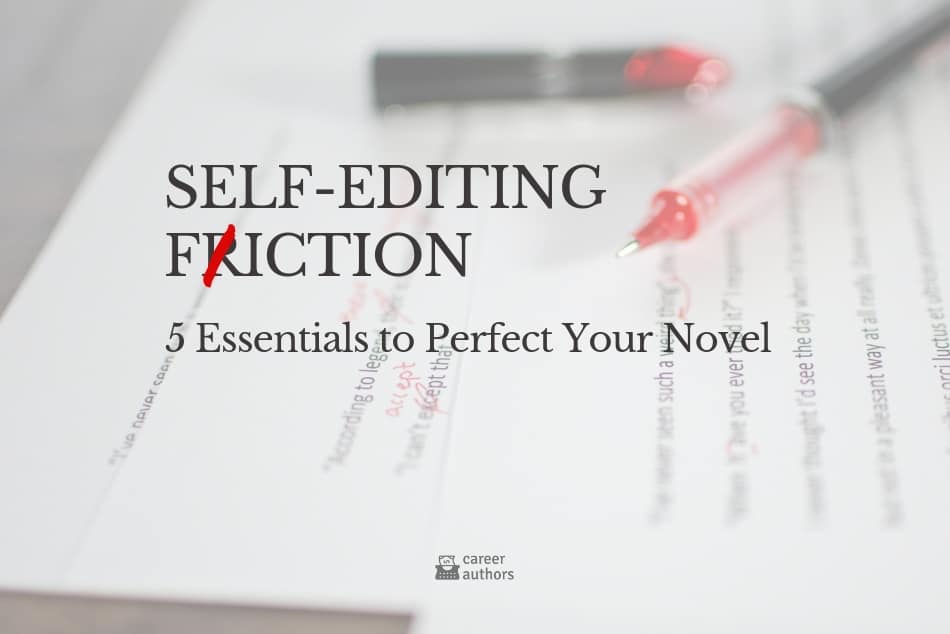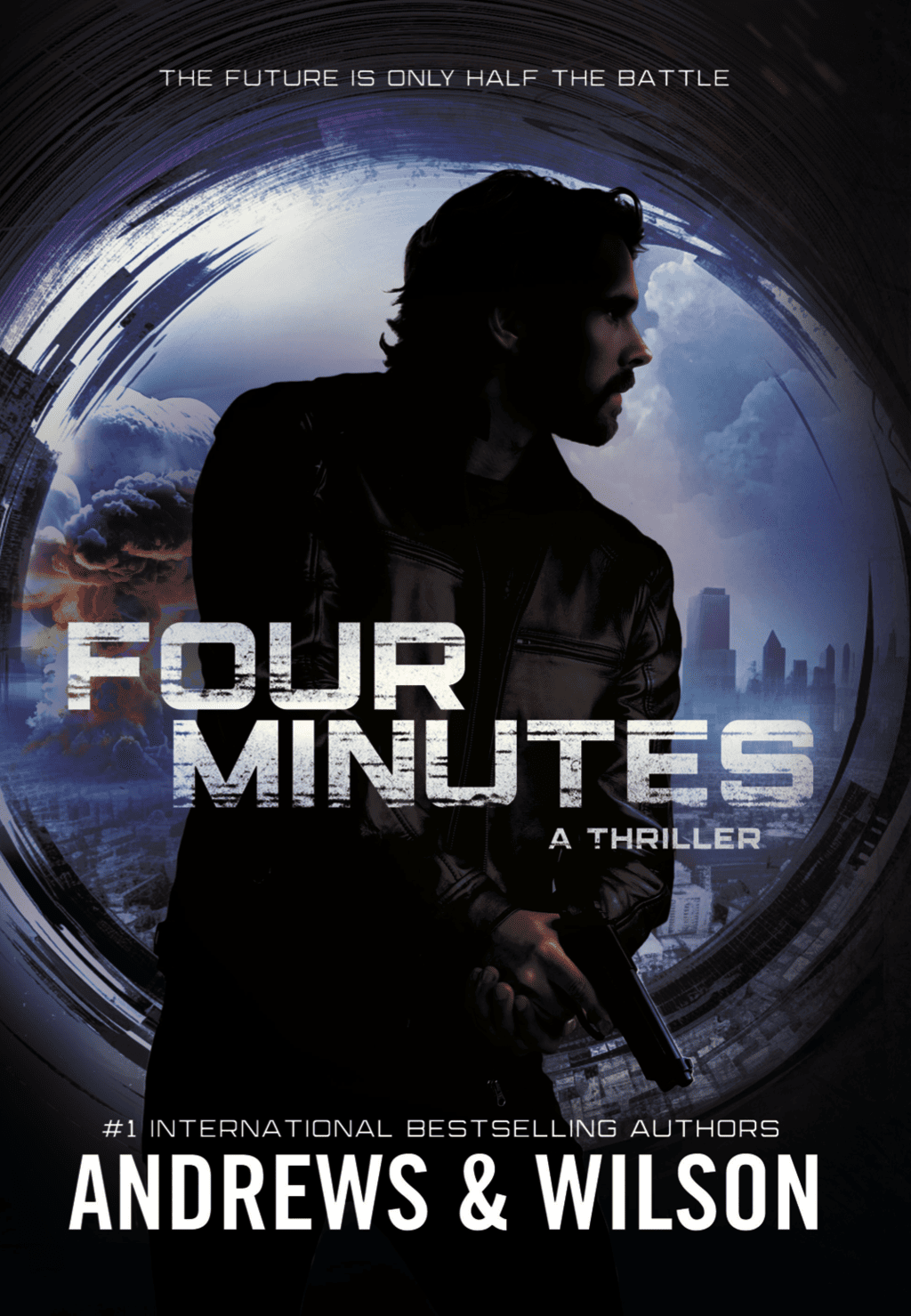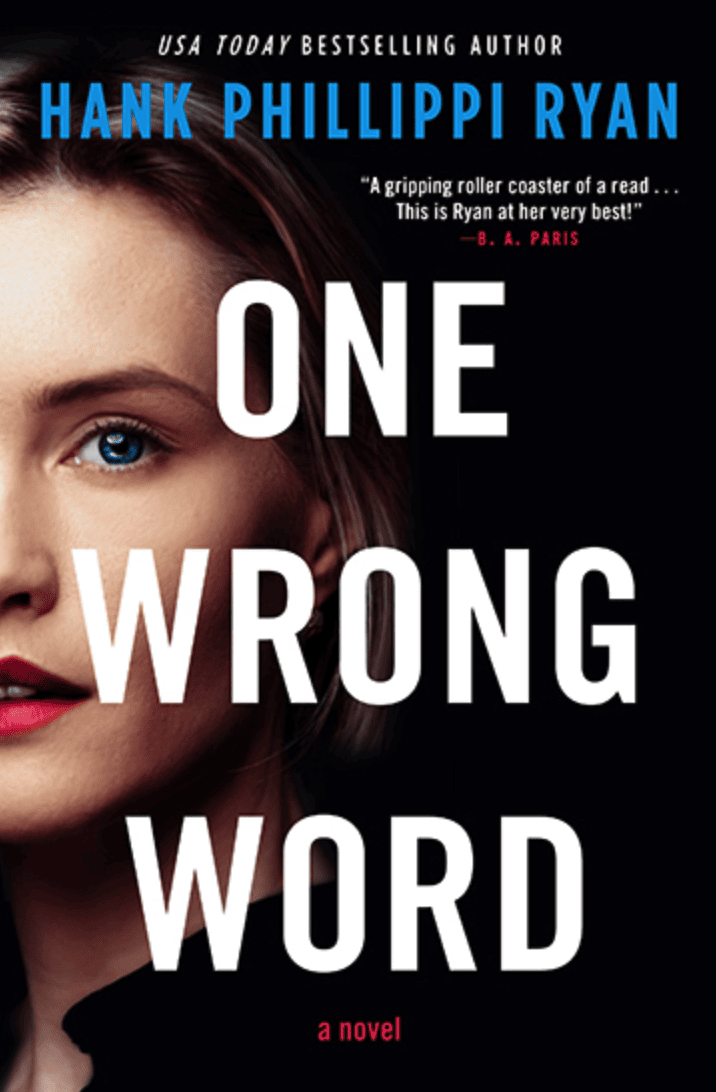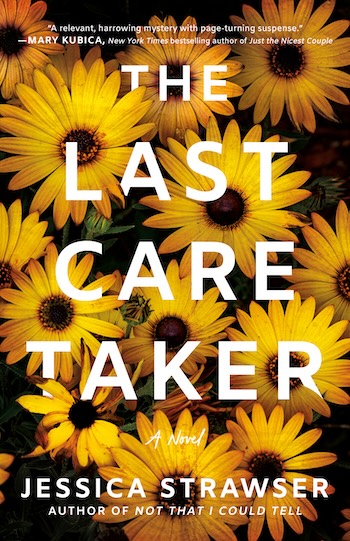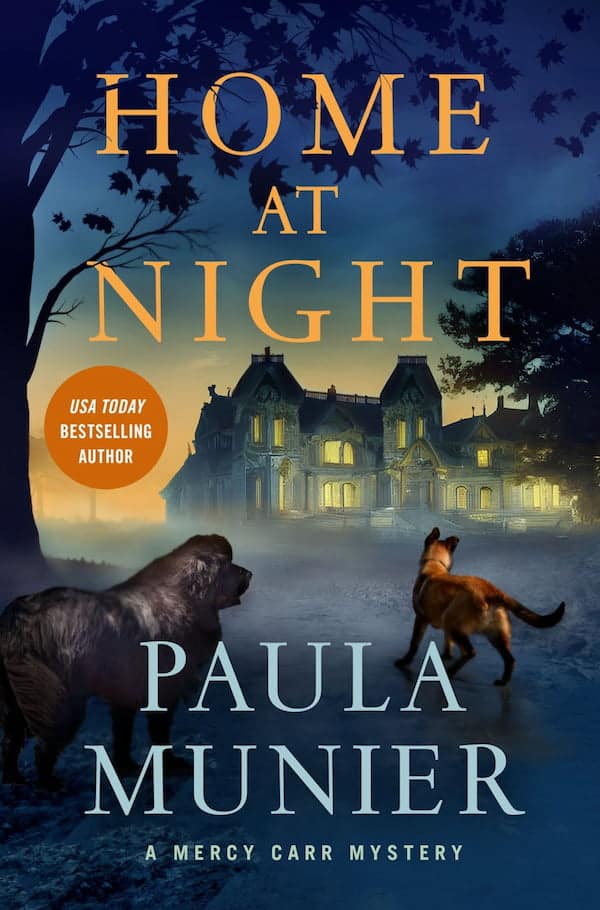A fiction author writes about specific characters in certain situations and settings…while presumably elsewhere the earth circles the sun and other humans live, love, and misbehave in ways that have nothing to do with this novelist’s plot. A skillful career author narrows the reader’s focus, and the best storytellers can pull you into an exact moment. It’s like a classic Hitchcock camera move: from a wide crowd scene to a close-up of a key clutched in a woman’s fist.
Great storytelling edits out what’s not needed.
As a professional book editor, I’m not trying to talk myself out of a job, but I do think another round—or two or three—of self-editing on your manuscript is all to the good. Here are DIY pointers to make your story all it can be.
1. Construct a solid timeline
Timeline issues plague authors at every level. It’s a good idea to organize a calendar of what happens to who when. One author I worked with plastered notecards around her office to keep the dates straight. Your reader may not need to be precisely aware of when everything occurs but you should be. However, throughout the text you should provide readers with markers, indicating time passing at a defined pace.
Perhaps decades pass, and the text reads, “One Monday….” You do not want to sow even momentary confusion: that’s when a narrative feels loose. Your reader should be grounded, confident in time and setting, comfortable with your narrative abilities.
One more (huge) thing about time: your story could use a ticking clock.
Obviously, a thriller needs one, but every novel should be building excitement for its outcome. Tick-tock—your reader will be even more riveted if there’s a limited time frame while its plot drives forward.
2. Write convincing dialogue
It doesn’t matter if you are alone in a room, a good way to self-edit is to read your dialogue out loud. Listen if it sounds like someone you know.
(To veer from the topic a moment, I suggest reading all your work aloud, even if you can’t locate a beta victim to listen in. You may spot previously unnoticed errors as you articulate the typed words.)
If you’ve ever transcribed dialogue, you know we actually converse in weird, truncated ways. However, book dialogue should sound as articulate or goofy or lovely as we imagine our characters speak. It’s not a matter of being 100 percent literally accurate to human speech patterns but more about sounding natural or realistic to the reader’s ear. Again: read it aloud.
In Elmore Leonard’s list of classic writing tips, he says skip the fancy attributing words, like “she expounded” or “he exclaimed,” and stick with a simpler “she said/he said.” I’ll go further and say if the context or dialogue makes it clear who’s talking, skip the “she said.”
“You know what I mean?”
“Yes, I do.”
3. Stay conscious of perspective
Authors make choices about how to tell their story. Whatever choices you make, stick to ‘em. With point of view, consistency is key. If your story is told in the first person point of view, don’t suddenly shift into third.
Constancy is crucial.
Too many POVs are taxing and displeasing. It can also seem amateurish. Don’t jar your reader by abruptly revealing interior thoughts of an unfamiliar character. Self-editing by limiting perspectives can require hard work and creativity but is highly recommended.
Avoid sporadic omniscience. The reader may pause, and wonder when God arrived on scene. When polishing your book, keep an eye out for moments of fuzzy POVs.
4. Less is more
This is a tough but important one. As a fiction writer, make a serious attempt to step back and examine the sections and passages of your book, asking whether or not your target reader needs to know what’s there.
This urge for brevity is related to both the ticking clock mentioned above, and the classic “Show don’t tell.” Perhaps a brief reference might do the trick rather than including a lengthy backstory about why a character is afraid of snakes. Instead, let’s see him being afraid of snakes, and how that forwards the story right then and there. When reviewing your manuscript, look for instances in which you explain too much.
It’s far better to provide characterization through choices and actions.
A digression: My friend Alev once told me “No one wants to hear your dreams.” It’s true you generally have to pay therapists to listen. Anyway, I have a penchant for cutting dream sequences. While other writers and editors feel differently and totally love delving into the unconscious, I almost always want to get back to the story’s real action. I’ll ask my shrink if this is an avoidance strategy.
5. Make it easy to read
This isn’t quite self-editing but listen anyway. Don’t make it hard for an agent or editor to read your manuscript. If you’ve hooked a willing reader, don’t lose them through technical ineptitude. You don’t want any password-protected difficulty, you don’t want an unfriendly format, you don’t want crowded text in an ugly font. Times New Roman, 1.5 line spacing is a classic.
Even after numerous revisions, it’s tough to know when your book is ready for the world. Give it your best self-editing shot before expecting others to read it.
Do you have self-editing strategies to share? Share your thoughts with us on Facebook.

